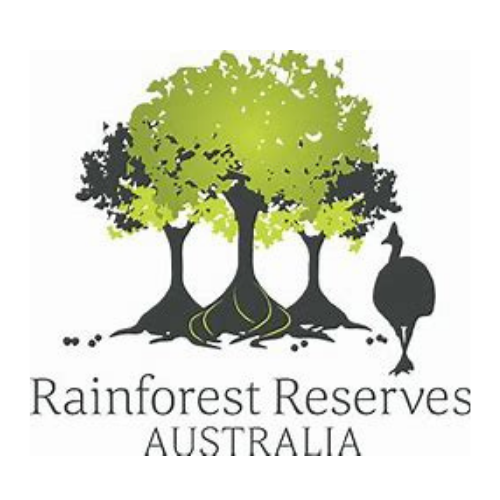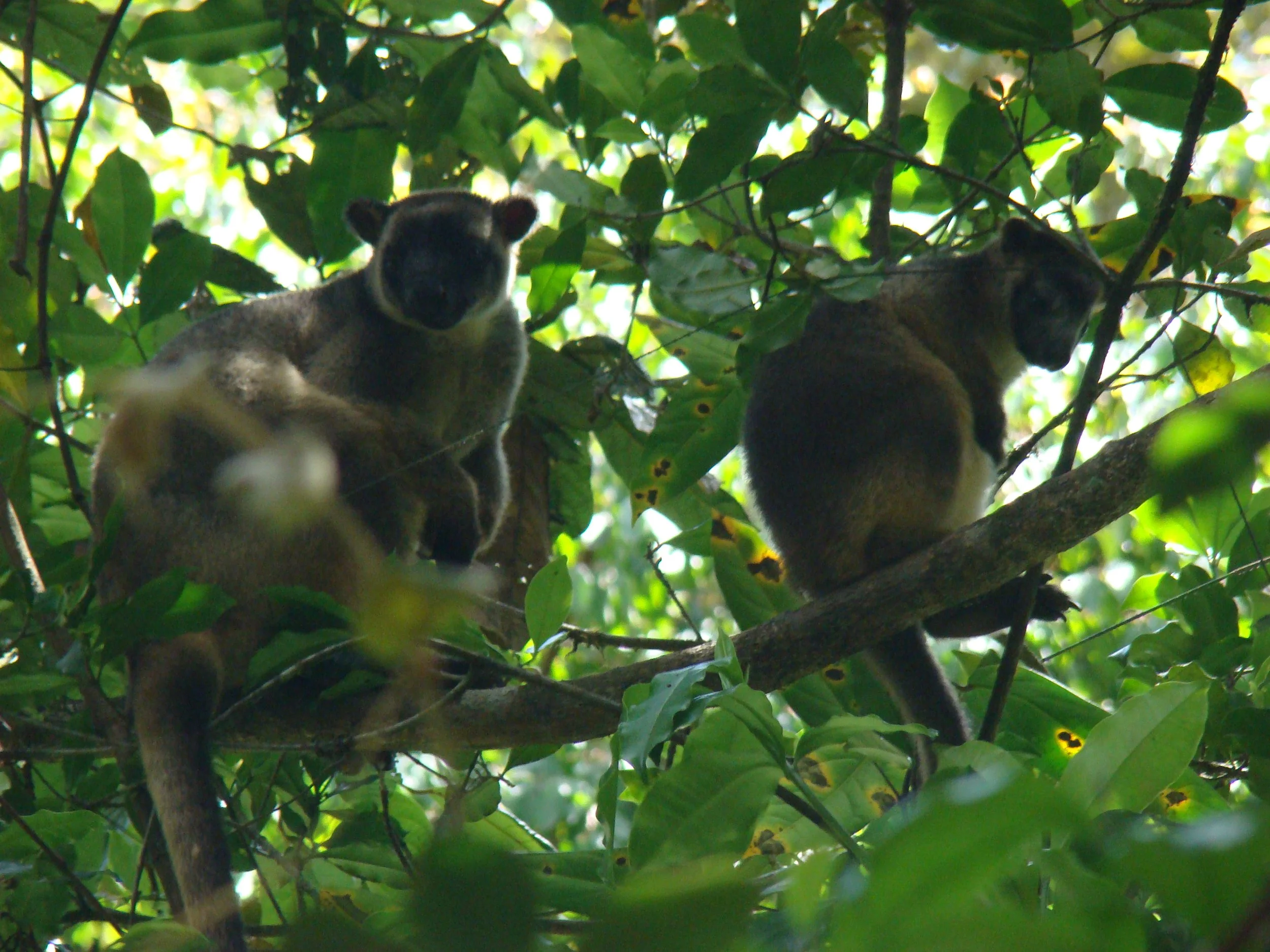

Toohey’s Creek Wildlife Corridor:
From depleted agricultural land to bio-diverse rainforest
Rainforest Reserves Australia’s 300 acre Lake Barrine property was purchased in 2016.
Previously used to graze cattle, much of the land was compacted, dry, overstocked and poorly run. Wildlife here was virtually non-existent. The soil was bare.
Today, the area has been “re-wilded” with over 120,000 native trees planted here.
A wildlife corridor has been expanded along Toohey’s Creek. We have also expanded the Barrine Park Nature Refuge and the Tablelands Cassowary Rehabilitation Facility.
The wildlife has returned. Tree Kangaroos, diverse birdlife, possums and Platypus have returned to the area.
Rainforest Reserves works with the local community and local environmental organisations to organise tree-planting days.
With the help of the community, TREAT, NQ Land Management Services, Reef Assist, Rainforest 4 and HalfCut we have re-vegetated with large scale plantings.
Wildlife thriving
Toohey’s Creek wildlife corridor links up to Lake Barrine National Park and Wooroonooran National Park.
This allows a thoroughfare for canopy dwelling animals such as Tree Kangaroos and possums to move freely between areas. Trees also provide coverage for ground dwelling animals. Birdlife are attracted and have returned to the new habitat growing.
Tree Kangaroos utilise the Toohey’s Creek wildlife corridor, 2018.
Toohey’s Creek nature corridor, Lake Barrine. Platypus have returned to the creek.
A variety of frogs lay spawn here - a sign of healthy soil and vegetation. Here is a Green Eyed Tree Frog who lives in the native plants nursery.
An Eastern Sedge Frog amongst the plants in the Tablelands Cassowary Rehabilitation Facility nursery, January 2022.
We keep re-wilding
Community tree-planting day, December 2021.
Community tree planting day, February 2022.

The soil-healing power of revegetation
Revegetation has a role in overcoming land and waterway degradation, including minimising salinity and waterlogging, reducing erosion, landslips and mass movement of soil, and protecting water quality.
Revegetation also improves agricultural productivity, adds value to homes and farms, regenerates local flora and fauna, and enhances the aesthetics of our environment.
Native trees attract wildlife and reduce introduced weeds. Growing wildlife habitat provides a long term fulfilling project for the whole family to enjoy.










